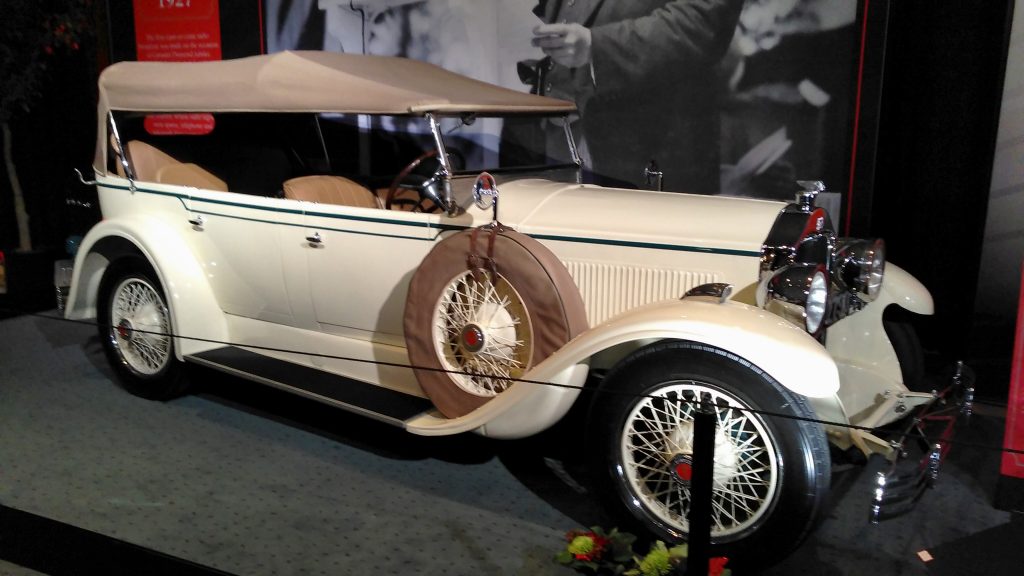- Oil is too viscous
More viscous oil at higher temperatures increases fuel consumption. That said, it provides better protection for engines with high mileage or of an old design, so be careful to comply with the manufacturer’s recommendations.
If your engine is in excellent condition, you can use more fluid oil under the condition that you stay within the range recommended by the manufacturer:
Look at the oil label; you will see two numbers separated by a “W” for winter.
Choose an oil with a “30” after the “W,” type “5 W 30” or “0 W 30” without ever going below the minimum manufacturer recommendations specified in your user manual.

If in doubt, ask your dealer, especially if you drive in hot climates with a turbocharged engine.
Another crucial point, you should never add “miracle” additives to your oils because the complex chemistry of lubricants will be destroyed. Consequently, you will lose the benefit of the guarantee in the event of a major problem!
- Check your spark plugs
The excellent condition of the spark plugs guarantees optimal engine performance, especially in the case of LPG and compressed natural gas (CNG) engines.

Manufacturers’ recommendations increase the space between two overhauls to 60,000 km. In the event of sudden failure or poor start, they can be easily controlled with a minimum of cleanliness and precautions:
Be sure to locate the interference suppressors and to make sure you are not mistaken; remove the spark plugs successively with the appropriate tool. It will prevent you from inserting an external element into the cylinder via the spark plug shaft, which you must close with a small plug. It can be done with a piece of tissue paper, for example.
Dismantle it carefully because the white ceramic of your spark plugs is very fragile and its rupture can be fatal.
For possible cleaning, ideally use sandblasting or, if not possible, a toothbrush: you can check and reduce the distance between the electrodes and then spray aerosol brake cleaner and clean it with a brush.
For the outside, spray the same solvent, then immediately wipe with a clean disposable cloth, nothing more.
Screw it back at the recommended (low) torque, so as not to crush the gasket too much. But, do not forget to clean the bottom of the spark plug shaft, which is often dirty and greasy. Use a cotton swab soaked in the same brake disc solvent.
If after reassembly you do not see any improvements, have a real diagnosis made or change your spark plugs to new ones of the same brand and reference.
Good to know: to check even on new spark plugs, the distance between the two electrodes on the engine side, at the bottom of the spark plug, must be the one prescribed by the manufacturer. It is indicated in the operating or maintenance manual of your vehicle. In general, this value is only 0.7 to 1.5 mm and any excess will be unfavourable to a good start. To check it, you need a gauge or set of universal thickness shims that are easy to buy at a car centre. On the adjustment side, never hit the outer metal electrode but twist it gently and parallel to the bottom of the spark plug cap.
- Hesitant brakes

A car can also become more fuel-efficient if one of the four brakes remains active, even if it is weak. It is not always easy to notice when driving unless you hear a continuous whistling sound at a slow pace between walls.
In this case, one of your brake callipers may be seized by winter salting. To find out for sure, do the following:
Lift the car with your jack, at the front, after having placed shims on the other wheels, and turn the front wheel by hand: it must turn freely without hardpoint. Check the other front wheel by doing the same.
Repeat the operation at the rear, taking care to wedge the front wheels. The rear wheels must also turn effortlessly.
If during tests, you find that one of the wheels is difficult to turn, you have found one of the causes of your over-consumption.
There are brake cleaners or non-greasy solvent sprays that can be effective without disassembly. Before taking the car for repair, spray generously on the brake behind the wheel that locks.
Otherwise, try to manoeuvre the brake pads by gently pushing them back with a large flat screwdriver, without damaging the fragile brake pad! Otherwise, you will have to change your pads in pairs and per axle (on the opposite wheel).
Caution: never spray anything other than cleaners for brakes, clutches or motorcycle chains. Especially, don’t use any greasy anti-seize agent! The brake would no longer be effective on the wheel to which you have applied the product, which could cause a dangerous accident during hard braking.


